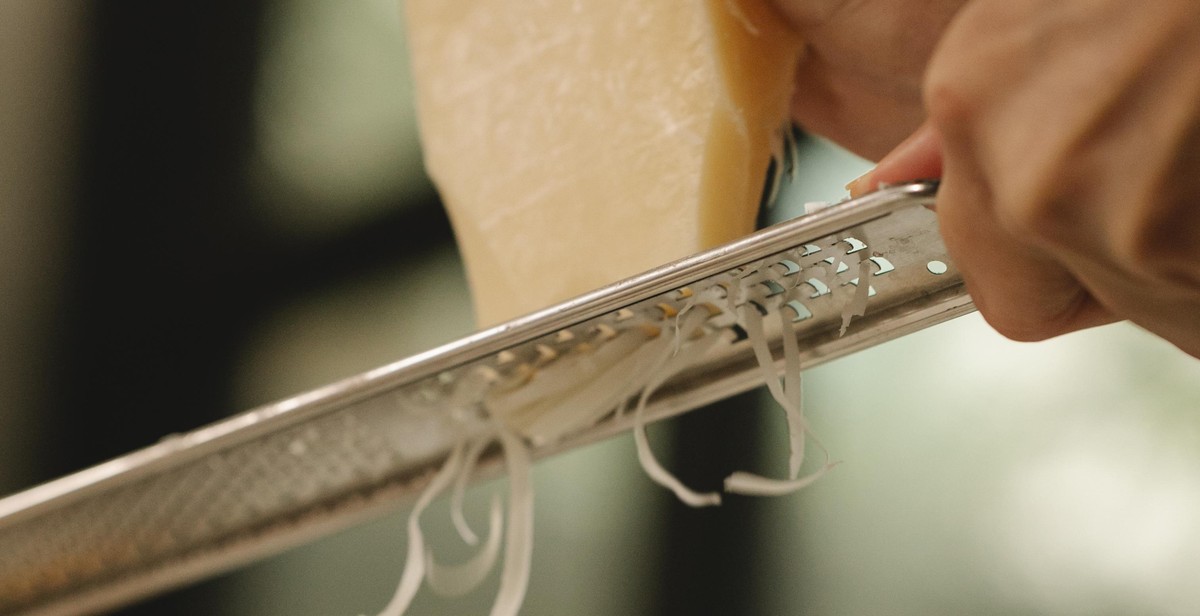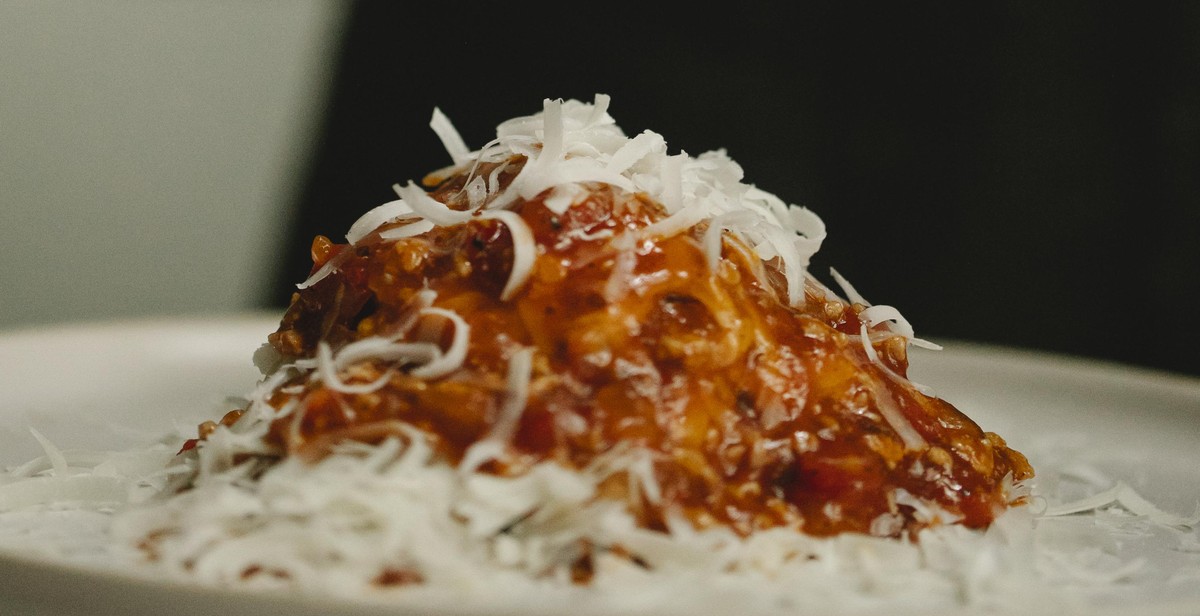How to Make Homemade Cheese: A Beginner’s Guide to Cheese Making
There’s something special about homemade cheese that makes it taste so much better than the store-bought variety. Making cheese at home is a rewarding and fun experience that allows you to experiment with different flavors and textures. If you’re a beginner to cheese making, don’t worry – it’s easier than you might think.
The Benefits of Making Homemade Cheese
- Control over ingredients: When you make cheese at home, you have complete control over the ingredients that go into it. You can use high-quality milk, organic ingredients, and avoid any additives or preservatives that are typically found in store-bought cheese.
- Customizable flavors: Homemade cheese allows you to experiment with different flavors and textures. You can add herbs, spices, or other ingredients to create your own unique cheese.
- Cheaper than store-bought: In most cases, making cheese at home is cheaper than buying it from the store. Plus, you can make larger quantities of cheese and store it for later use.
The Basics of Cheese Making
Cheese making involves a few basic steps: heating the milk, adding rennet to coagulate the milk, cutting the curd, draining the whey, and pressing the cheese. There are different types of cheese, each with its own unique recipe and process. However, the basic steps remain the same.
In this beginner’s guide to cheese making, we’ll cover everything you need to know to make your own homemade cheese. From selecting the right milk to choosing the right cheese culture, we’ll take you through the entire process step-by-step.

Why Make Homemade Cheese?
Making homemade cheese is a rewarding and satisfying experience that offers a variety of benefits. Here are some reasons why you should try making your own cheese:
Better Taste and Quality
When you make homemade cheese, you have control over the ingredients and the process. You can choose the quality of milk, the type of rennet, and the aging process. This results in a cheese with a better taste and texture than store-bought cheese.
Homemade cheese is also free from additives and preservatives, making it a healthier option for you and your family.
Health Benefits
Cheese made from raw milk contains beneficial bacteria that can improve gut health and boost the immune system. Homemade cheese is also a good source of protein, calcium, and other essential nutrients.
Furthermore, making cheese can be a stress-relieving activity that promotes mental wellness and mindfulness.
Cost Savings
Buying artisanal cheese can be expensive, but making homemade cheese can be a cost-effective alternative. With just a few ingredients and tools, you can make a batch of cheese that can last for weeks.
Additionally, making cheese at home is a sustainable practice that reduces food waste and supports local agriculture.
| Homemade Cheese | Store-Bought Cheese | |
|---|---|---|
| Taste and Quality | Superior | Inferior |
| Health Benefits | High | Low |
| Cost | Low | High |
In conclusion, making homemade cheese is a fun and worthwhile activity that offers numerous benefits. Whether you’re a cheese lover, a health enthusiast, or a frugal shopper, making cheese at home is a great option to consider.

Getting Started: Equipment and Ingredients
Making cheese at home is a fun and rewarding hobby that doesn’t require too much equipment or ingredients. Before you start, it’s important to gather all the necessary tools and ingredients to ensure a successful outcome.
Cheese Making Equipment
Here are the essential tools you’ll need to make cheese at home:
- A large stainless steel pot
- A thermometer
- A curd cutter or knife
- A cheesecloth
- A cheese press
- Cheese molds
- A cheese wax or cheese paper
It’s important to note that all of your cheese making equipment should be thoroughly cleaned and sanitized before use to prevent contamination.
Cheese Making Ingredients
The ingredients used in cheese making are simple and easy to find. Here are the basic ingredients you’ll need:
| Ingredient | Description |
|---|---|
| Milk | Any type of milk can be used, but it’s important to note that the quality of the cheese will depend on the quality of the milk. |
| Cheese cultures | These are bacteria that help to ferment the milk and give the cheese its unique flavor. |
| Rennet | This is an enzyme that helps to coagulate the milk and form curds. |
| Salt | Salt is used to enhance the flavor of the cheese and also helps to preserve it. |
It’s important to use high-quality ingredients to ensure the best possible outcome. Fresh, raw milk is ideal, but pasteurized milk can also be used. Cheese cultures and rennet can be purchased online or at specialty stores.
Now that you have all the necessary equipment and ingredients, you’re ready to start making cheese! The next section will guide you through the process step by step.

The Cheese Making Process
Homemade cheese making can be a fun and rewarding experience. In order to make cheese, you need to follow a series of steps that involve heating the milk, adding culture or starter, adding rennet, cutting the curd, draining and pressing the curd, salting and aging the cheese.
Step 1: Heating the Milk
The first step in making cheese is to heat the milk. This can be done on a stovetop or in a large pot. It is important to heat the milk slowly and evenly to prevent scorching. The temperature of the milk should be raised to the desired temperature according to the recipe you are following.
Step 2: Adding Culture or Starter
Once the milk has been heated to the desired temperature, the next step is to add culture or starter. This is a mixture of bacteria that will help to ferment the milk and give it a tangy flavor. The culture or starter should be added to the milk and stirred thoroughly.
Step 3: Adding Rennet
After the culture or starter has been added, the next step is to add rennet. Rennet is an enzyme that helps to coagulate the milk and form curds. The rennet should be added to the milk and stirred gently.
Step 4: Cutting the Curd
Once the milk has coagulated and formed curds, the next step is to cut the curd. This can be done using a long knife or a curd cutter. The curd should be cut into small pieces to help release the whey.
Step 5: Draining and Pressing the Curd
After the curd has been cut, the next step is to drain and press the curd. The curd should be transferred to a cheesecloth-lined mold and pressed to remove excess whey. The amount of pressure applied will depend on the type of cheese being made.
Step 6: Salting and Aging the Cheese
Once the curd has been drained and pressed, the next step is to salt and age the cheese. The cheese should be salted to taste and then aged for a period of time to develop flavor and texture. The length of time required for aging will depend on the type of cheese being made.
| Step | Description |
|---|---|
| 1 | Heat the milk to desired temperature |
| 2 | Add culture or starter |
| 3 | Add rennet |
| 4 | Cut the curd into small pieces |
| 5 | Drain and press the curd |
| 6 | Salt and age the cheese |

Common Cheese Making Mistakes to Avoid
If you’re new to cheese making, it’s easy to make mistakes that can ruin your batch. Here are some common mistakes to avoid:
Not Using Quality Ingredients
The quality of your cheese is only as good as the ingredients you use. If you use poor quality milk, for example, your cheese will not taste as good as it could. Make sure to use fresh, high-quality ingredients to get the best possible results.
Not Following the Recipe
Cheese making is a science, and the recipe is your guide. If you don’t follow it closely, you may end up with a disaster instead of a delicious cheese. Make sure to read the recipe carefully and follow each step precisely.
Not Paying Attention to Temperature and Timing
Temperature and timing are critical in cheese making. If you don’t heat your milk to the right temperature or let it sit for the right amount of time, your cheese may not turn out properly. Make sure to pay close attention to the temperature and timing instructions in the recipe.
Not Sanitizing Equipment
Cheese making requires a lot of equipment, and it’s important to keep it clean and sanitized. If you don’t sanitize your equipment properly, bacteria can grow and ruin your cheese. Make sure to clean and sanitize all equipment before and after each use.
By avoiding these common mistakes, you can increase your chances of making a delicious batch of homemade cheese.

Conclusion
Cheese making may seem daunting at first, but with a little practice and patience, you can become a pro at creating your own homemade cheese. The process is not only fun but also rewarding, as you get to enjoy a delicious and healthy snack that you made yourself.
Tips for Success
- Always use high-quality ingredients.
- Pay close attention to the temperature and timing in each step of the process.
- Be patient and don’t rush the cheese making process.
- Experiment with different types of milk, cultures, and rennet to find your favorite flavor and texture.
Final Thoughts
Homemade cheese making is a wonderful way to connect with your food and learn new skills. Whether you’re a cheese lover or just looking for a new hobby, give it a try and see for yourself how easy and delicious it can be.
| Ingredient | Price |
|---|---|
| Milk | $3.00/gallon |
| Citric Acid | $4.00/8oz |
| Rennet | $5.00/10 tablets |
| Salt | $2.00/16oz |
Remember to always use high-quality ingredients to achieve the best results. With a little practice, you’ll be impressing your friends and family with your homemade cheese creations in no time.
